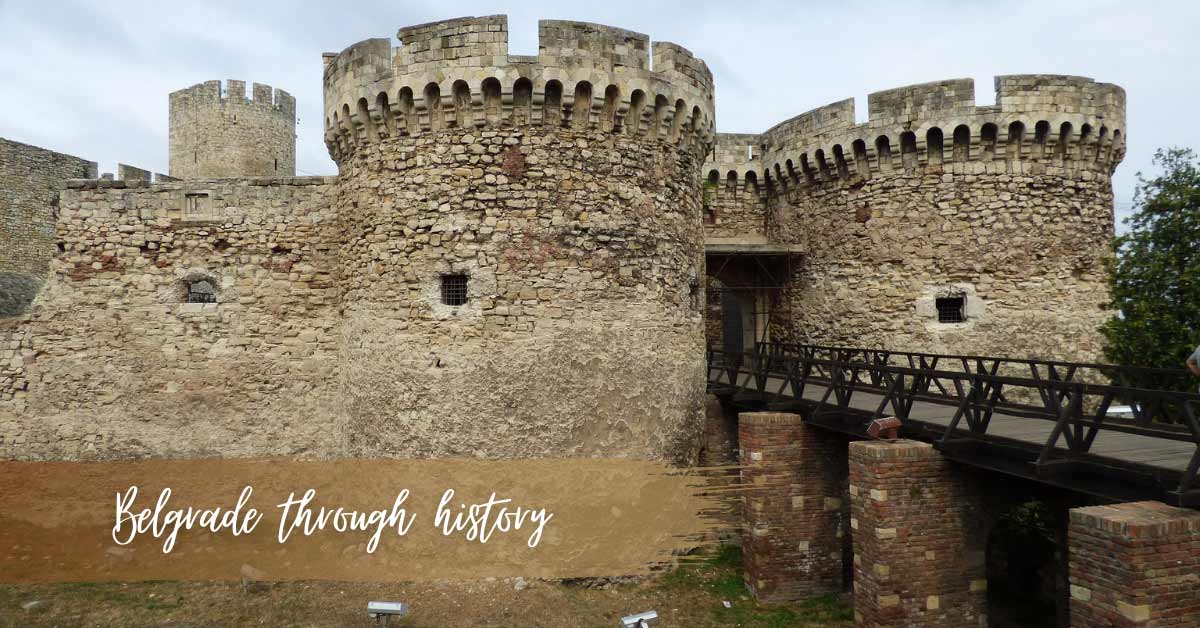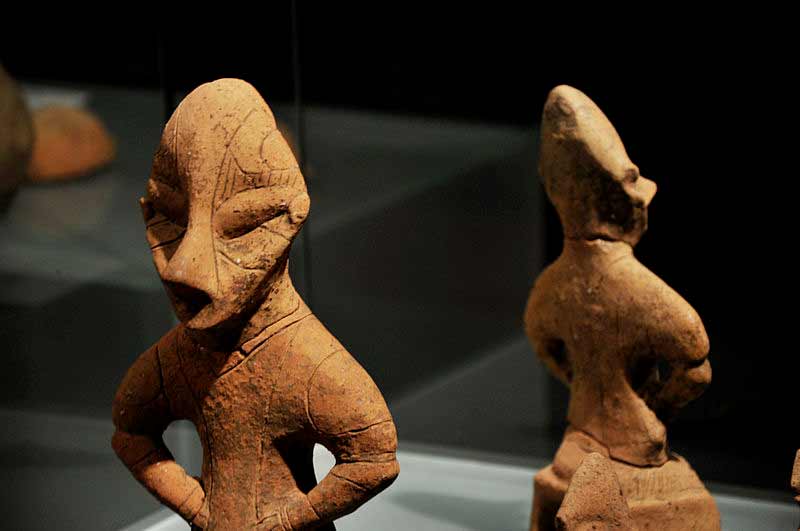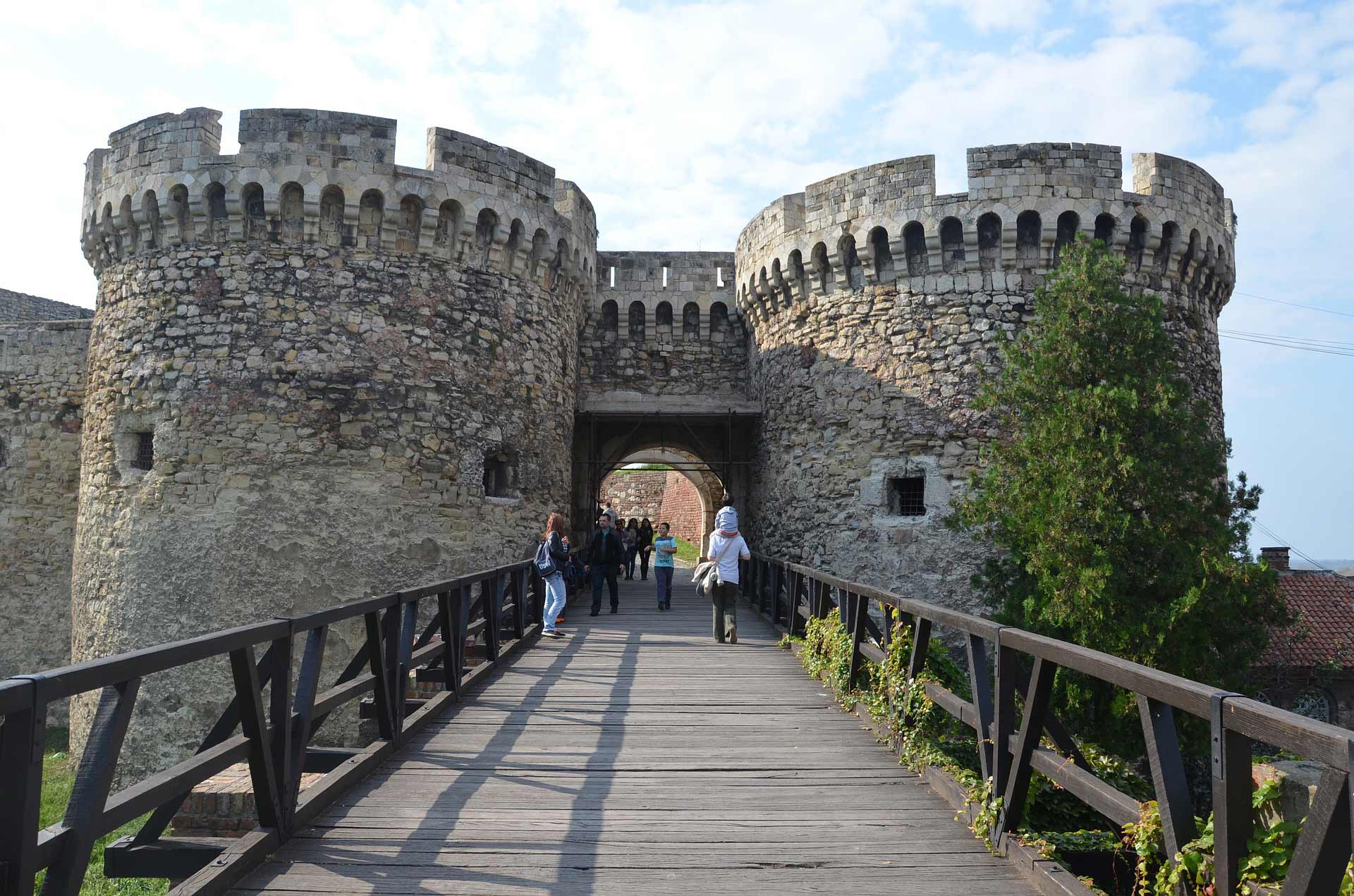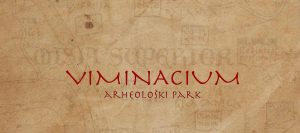Belgrade through history
At the confluence of the Sava and the Danube, at the crossroads of cultures, is located one of the oldest cities in Europe. A city that tells many stories and whose history dates back to the distant past, to 7000 BC, when the first settlement of one of the most important prehistoric cultures in Europe was created - the Vinca culture.
As you may have already guessed, in today's blog we will travel a little through time and start the story of the history of Belgrade.

Prehistoric period
We begin the story of a city of turbulent history in the Mesolithic and Paleolithic. Remains of painted stone tools and weapons were found in the area of Zemun, pointing to the first communities of hunters and fruit collectors.
The first Neolithic settlements in the area of today's Belgrade have formed 7000 BC. The Vinča and Neolithic Starčevo cultures that developed in this area, over time, became the most dominant cultures of the Balkan Peninsula. They also had their influence on the areas of Central Europe and Asia Minor.
Remains of culture dating from the Late Stone Age have been found in Vinča, Žarkovo as well as in the Upper Town, near the confluence of the Sava and the Danube. This is exactly what testifies to the continuity of the population of Belgrade. Numerous Belgrade municipalities lie on the remains of earlier prehistoric settlements.
When we talk about more advanced agricultural settlements, we should mention the Starčevo culture that originated from the early Starčevo settlements. It was the Starčevo culture that replaced the Vinča culture (5500-4500 BC).
Vinča is one of the most important sites in Belgrade. The Vinča culture was very influential and known for its extremely large settlements at that time. It is known for anthropomorphic figurines as well as for the earliest copper metallurgy.

photo credits: Arbenllapashtica - Own work/ Wikipedia
Celts in Belgrade
In the period around 600 BC, the area of today's Belgrade was inhabited by Scythian tribes and Thracian-Crimean tribes. This was the case until 300 BC when the Celtic tribes invaded the Balkan Peninsula.
The invasion of the Celts on the Balkan Peninsula, ie the year 279 BC, is a very important moment for Belgrade as such. Namely, it can be said that the Celts from the Scordisci tribe are responsible for the first naming of this area - Singidunum! The name of the city is composed of the words Singi (round) and dunum (fortification, city). Another interpretation of the name is that it was formed by a combination of the word Singa (ie the Drach tribe that the Celts found there) and the word dunum (fortress, city).
Belgrade in Roman times
The keys to Belgrade, ie Singidunum, were taken over from the Celts by the Romans at the beginning of the first century BC. Roman military operations aimed to expel the tribes of the Dardanians, Scordisci, and Dacians. As the Romans only conquered the region without setting up an administration, few records remain from the period around the first military campaigns on Singidunum.
The area of Singidunum was stabilized only later, and Taurunum, ie today's Zemun, also came under Roman rule. Singidunum experienced a real boom in 86 with the arrival of Legion IV Flavius. During his administration, the first stone fortification was built in the Upper Town, fragments of which have been preserved to this day. Castrum was square and included the area of today's Upper Town on Kalemegdan. Unfortunately, little is known about the appearance of Taurunum from that period. It is assumed that it was located around today's Lower Town.
As a military camp, Singidunum gained importance in the second century, during the reign of Emperor Hadrian, and even more a century later when Aurelius left Dacia. Singidunum then became the seat of the Christian episcopate, and a little later the emperor Jovian Flavius Claudius was born in it.

Singidunum and Taurunum were connected by a bridge over the Sava. The bridge that connected these two cities stretched one of the most important Roman roads. In this way, Singidunum became a road junction of inestimable importance to Rome. It connected the Roman provinces of Dacia, Moesia, Pannonia and Dalmatia. There was also a road that went from west to east through Sirmium (today's Sremska Mitrovica), Singidunum, through Viminacium to Byzantium. The whole road was fortified and that is why it was called "via militaris" or military road. The road was all the more important because it connected the ore deposits on Avala, Kosmaj, and Rudnik.
Read us next week as well, when the story of Belgrade through the centuries continues.
Until then, you can also watch the video we made about another big city from the Roman period - Viminacium!













